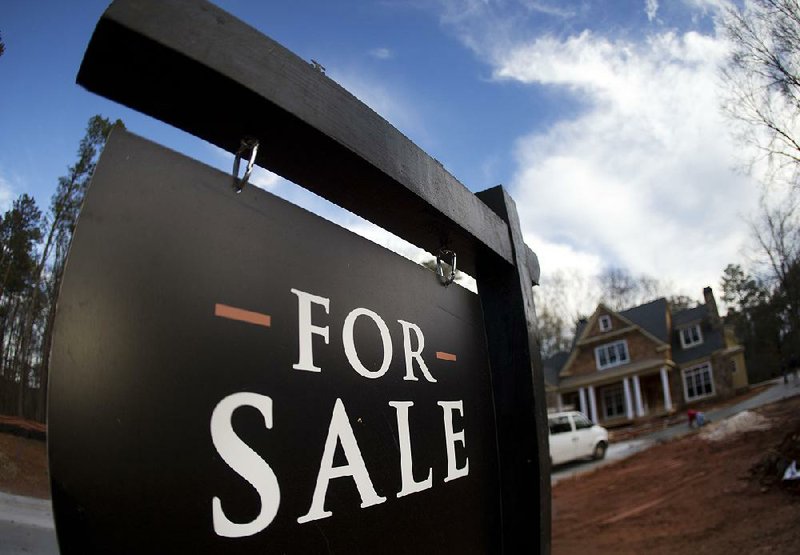WASHINGTON -- U.S. home prices climbed steadily in July even as sales have slowed, evidence that a limited supply of available houses is distorting the real estate market.
The Standard & Poor's CoreLogic Case-Shiller national home price index, released Tuesday, rose 5.9 percent in July from a year earlier, slightly faster than June's 5.8 percent annual pace.
Sales of both new and previously owned homes slipped over the summer, which typically might slow price gains. But demand remains strong and has created bidding wars among house hunters, pushing up prices at a much faster pace than incomes. The number of previously owned homes for sale fell 6.5 percent in the past year.
Seattle, Portland, Oregon and Las Vegas had the largest increases, with prices in Seattle soaring 13.5 percent in July from a year earlier.
"While the gains in home prices in recent months have been in the Pacific Northwest, the leadership continues to shift among regions and cities across the country," David Blitzer, chairman of the S&P index committee, said in a statement. "Rebuilding following hurricanes across Texas, Florida and other parts of the South will lead to further supply pressures."
Other cities are also seeing strong gains. Home prices rose 7.3 percent in Dallas and Detroit, and 7.2 percent in Denver. The slowest increases were in Washington, D.C., and Chicago, which both reported 3.3 percent gains.
With unemployment low and paychecks rising modestly, more people are in the market for a home. But construction of new single-family homes has been held back by a limited supply of land in hot markets and difficulty in finding construction workers.
That has intensified the competition in the housing market. Homes sold after an average of just 30 days on the market in August, according to the National Association of Realtors, down from 36 days a year ago.
The Case-Shiller index covers roughly half of U.S. homes. The index measures prices compared with those in January 2000 and creates a three-month moving average. The July figures are the latest available.
Sales of new U.S. homes slumped 3.4 percent in August, the second straight monthly decline.
The Commerce Department said Tuesday that sales dropped to a seasonally adjusted annual rate of 560,000. This followed a 5.5 percent decline in July. Still, sales gains earlier this year mean that sales are running 7.5 percent higher year-to-date than in 2016.
Sales could worsen in coming months as parts of Texas and Florida -- hit by Hurricanes Harvey and Irma -- find that new construction gets delayed as the focus turns to rebuilding properties that were flooded or damaged by the fierce winds and rainstorms.
But August's drop in new home sales also points to the limits of the rebound from the recession and the housing bust that triggered the downturn a decade ago. Home values have climbed at a much faster pace than incomes, meaning that many buyers had to strain their budgets to purchase a house. Low mortgage rates reduced the financial crunch somewhat, but then sales listings began to dwindle and many would-be buyers have found themselves outbid on previously owned homes and priced out of new housing developments.
The shortage of homes for sale coupled with rising prices has turned affordability into a challenge for many would-be buyers. Fewer new homes priced below $200,000 are coming onto the market. New homes at that price point were 14 percent of sales in August, down from 17 percent in 2016 and 19 percent in 2015.
The median sales price increased 3.7 percent in the past 12 months to $368,100.
New-home sales in August fell in the Northeast, South and West, while staying unchanged in the Midwest.
The sales decline over the past two months was so significant that the months' supply of new houses on the market ballooned to 6.1 months. That figure had been hovering around 5.3 months in June -- raising a question of whether builders will wait to sell off some of their inventory before breaking ground on more new houses.
The pace of new-home construction dropped 0.8 percent in August, but that was largely because of fewer apartment buildings being started.
Information for this article was contributed by Christopher Rugaber and Josh Boak of The Associated Press; and by Patricia Laya of Bloomberg News.
Business on 09/27/2017
